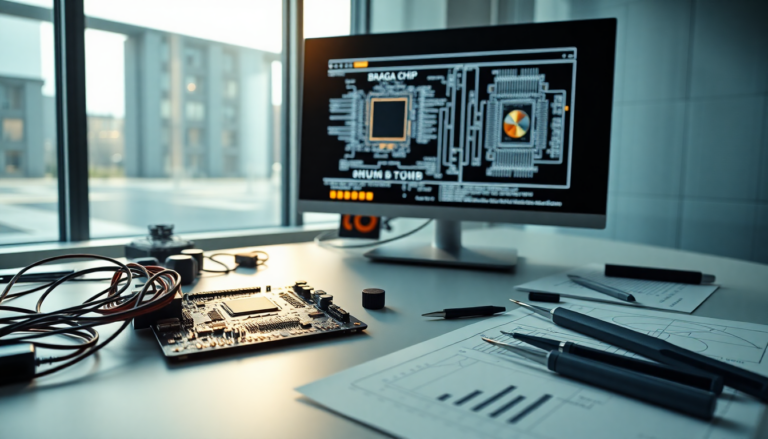Argomenti trattati
Microsoft has just dropped some big news: the launch of its highly anticipated AI chip, Braga, has been delayed by at least six months. This setback comes as the tech giant grapples with internal hurdles while rivals like Google and Amazon are rapidly advancing in the chip development race. What does this mean for Microsoft and the industry as a whole?
Details of the Delay
New reports indicate that Braga’s production is now pushed back to 2026. Initially, there were high hopes for Braga, but it seems its performance may not stack up against NVIDIA’s leading Blackwell chip. So, what’s causing the hold-up? Microsoft cites unexpected design changes and staffing issues that have slowed down the development process.
Microsoft had planned to roll out Braga in its data centers this year, aiming to cut down on its reliance on NVIDIA’s hardware—an industry mainstay. But with this delay, it looks like they’ll have to wait a bit longer. Despite pouring significant financial and technical resources into this project, Microsoft now finds itself needing to rethink its approach.
Background on AI Chip Development
Let’s take a step back. Microsoft previously unveiled its AI chips with the Maia 100, designed specifically for enhancing services in its Azure data centers. However, Braga is set to take things a step further, focusing on AI inference rather than just training models. But what exactly does that mean?
In simple terms, AI inference involves using pre-learned information to handle millions of user requests swiftly while keeping energy use low. Right now, Microsoft is heavily dependent on NVIDIA for these tasks, which not only drives up costs but also limits its operational flexibility. The ultimate aim? To gain more independence from NVIDIA, boost performance, and enhance overall efficiency.
Market Implications and Future Outlook
As Microsoft works through these challenges, the broader market implications are hard to ignore. The company’s struggle to keep pace might reshape dynamics in the AI chip sector. With NVIDIA holding a strong lead and other players ramping up their efforts, how will Microsoft not just catch up but innovate?
Looking ahead, it’s crucial for Microsoft to tighten its development processes and stick to future timelines. The company’s focus on reducing its dependency on external hardware will likely define its strategies in the years to come. As the tech landscape evolves, you can bet that industry experts and competitors will be watching Microsoft’s moves in AI chip development closely.

